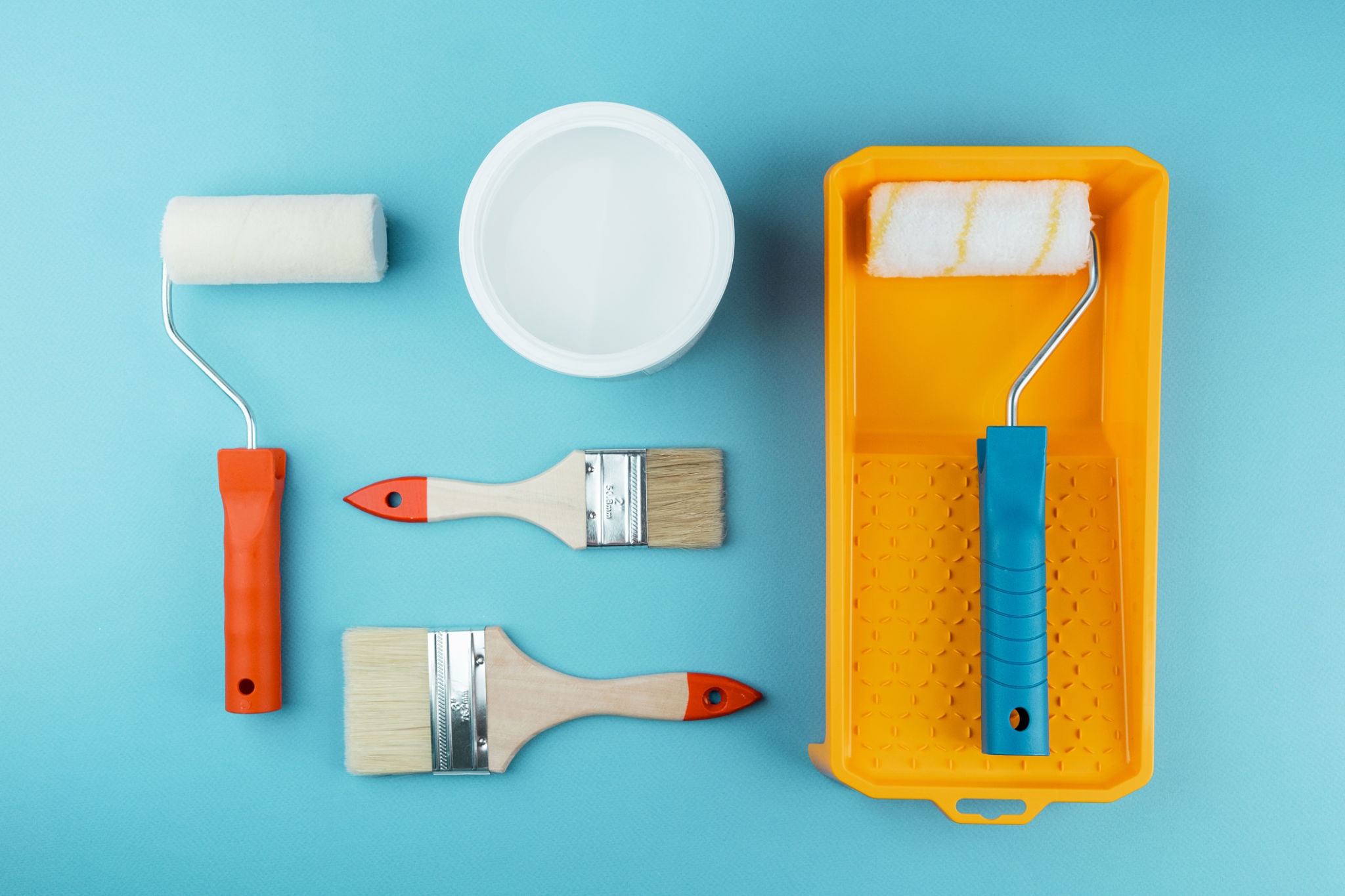Avoid These Common Painting Mistakes: Insights from Ventura's Experts
Start with Proper Preparation
One of the most common mistakes people make when painting is not taking the time to prepare the surface adequately. Before you even pick up a brush, ensure the walls are clean, dry, and free of any dust or debris. This step is crucial because any imperfections can affect the final look of your paint job. Remember to fill in any holes or cracks and sand down rough areas for a smooth finish.
Another key aspect of preparation is using painter's tape to protect areas you don’t want to be painted, such as trim, windows, and baseboards. Properly applied tape ensures clean lines and helps prevent accidental spills or drips. It might seem tedious, but this step will significantly enhance the overall appearance.

Choose the Right Tools and Materials
Using the wrong tools or materials can lead to disappointing results. Investing in high-quality brushes and rollers will make a noticeable difference in the application of paint. Cheap tools often shed bristles or leave streaks, compromising the smoothness of your finish. Additionally, selecting the appropriate type of paint for your project—whether it's latex, oil-based, or specialty paint—is essential for achieving the desired outcome.
Don’t forget about primer! Applying a coat of primer can help the paint adhere better and can be especially important if you are painting over dark colors or new drywall. Skipping this step can result in uneven coverage and an unsatisfactory finish.
Avoid Overloading Your Brush or Roller
A common mistake many DIY painters make is overloading their brush or roller with paint. This not only leads to drips and runs but also makes it difficult to achieve a uniform coat. Instead, aim for a moderate amount of paint on your tool. It's better to apply multiple thin coats than one thick one.

When using a roller, use a paint tray to evenly distribute the paint on the roller's surface. For brushes, dip only one-third of the bristle length into the paint and gently tap off excess before applying it to the wall. This technique will give you more control and a smoother finish.
Master Your Technique
Technique plays a significant role in painting success. For walls, begin by cutting in around the edges with a brush before using a roller for larger areas. This ensures that you cover all surfaces evenly without missing spots near corners or trim.
When rolling, use a "W" pattern to distribute the paint evenly across the wall. Start at one corner and work your way across, maintaining consistent pressure to avoid streaks. Also, remember to feather out edges as you go to blend each section seamlessly.

Know When to Stop
One of the trickiest parts of painting is knowing when to stop. Overworking an area can lead to uneven textures or visible brush marks. Once you've covered an area, resist the urge to touch it up immediately; instead, wait for it to dry completely before assessing if additional coats are necessary.
Patience is key in painting. Allow each coat to dry thoroughly before applying another layer, typically waiting at least two hours between coats depending on the paint and environmental conditions.
Final Thoughts
Avoiding these common painting mistakes will not only save you time and frustration but also result in a beautiful, professional-looking finish. By preparing adequately, using the right tools, mastering your technique, and exercising patience, you can transform any space with confidence.
For those who prefer leaving it to the professionals, Ventura’s expert painters are always ready to help achieve flawless results. Whether you're tackling a small room or a large commercial space, these insights will guide you toward painting success.